In July, Laurel Boylan turned on the kitchen faucet in her Clovis, California, home. Nothing came out. There was no water in the bathrooms, either. "When we moved here 19 years ago, we had a well 100 feet deep, with a tremendous amount of water," she says. "Over the years, the water pressure kept going down."
If a family member took a shower, they couldn't wash dishes. If they used the sprinkler – which they halted long ago – they couldn't flush the toilet. And as California's drought encroached upon San Joaquin Valley, wells everywhere went dry.
"There are seven of us living here," says Boylan. "Our water went from 'be careful' to completely non-existent. We kept thinking in a day or so, the holding tank would fill up. It never did."
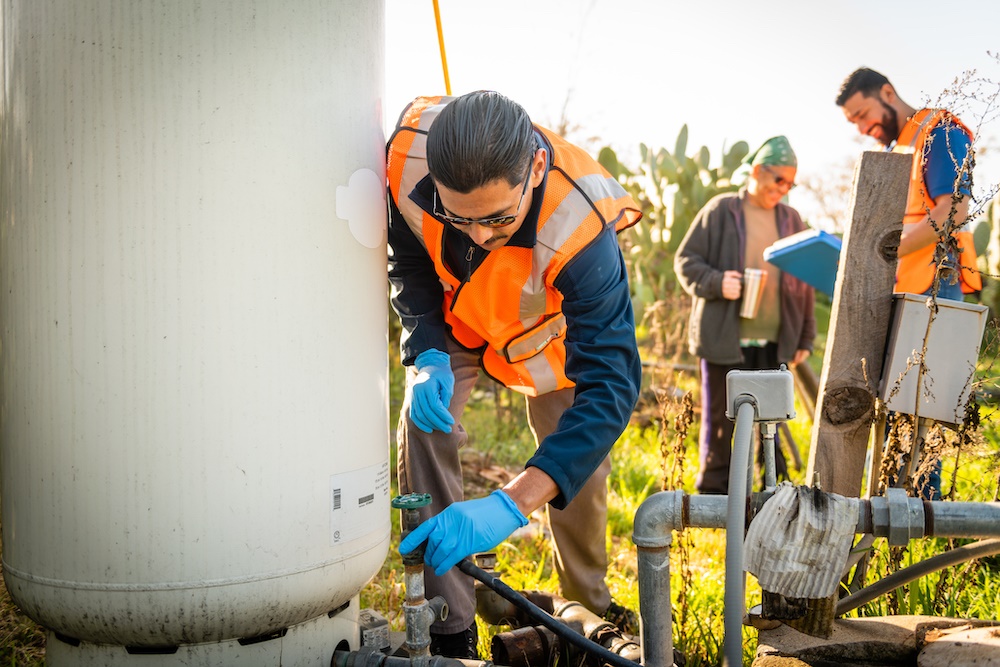
When disaster strikes
September is National Preparedness Month, a time to remind residents to prepare for disasters and emergencies. "It's important to be prepared," says Tami McVay, assistant program director with Self-Help Enterprises. "When people go through trauma, there's always some trauma-based PTSD. It comes back. What do you do? Where do you go?" Disaster impacts the family dynamic, she adds. "For us, it's been good to have residents prepared and to have them know we're there for them."
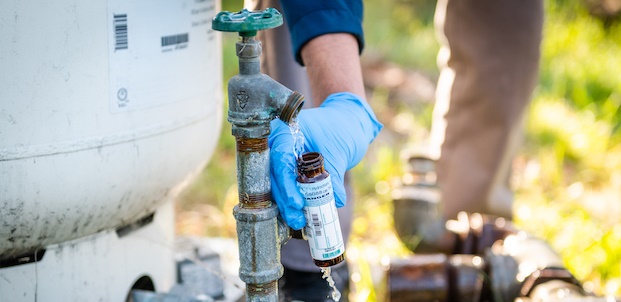
Self-Help's water program began in 2014, when the last drought impacted the San Joaquin Valley and well owners went dry overnight. "We started getting calls. 'Can you help us?'" McVay says. The state also received calls about emergency water, "but no one could drill 2,000 wells overnight. We had to find a different solution."
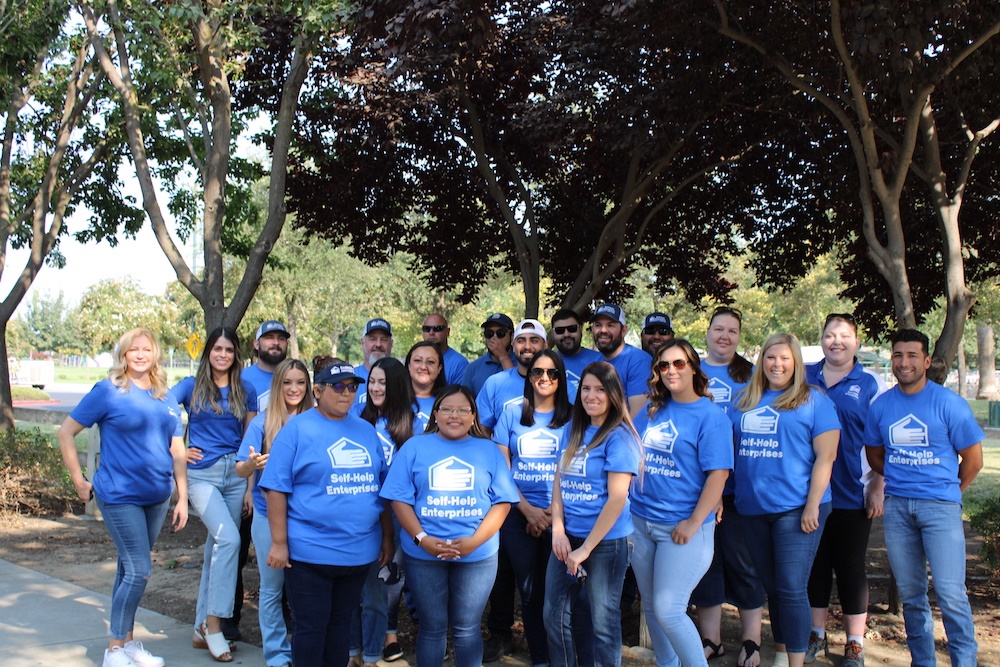
When the Boylans called needing help, "it was 8 o'clock on a Sunday night," Laurel Boylan recalls. "Someone actually answered the phone. The next morning, they did the intake."
Drought and climate change are up front in everyone's mind, says McVay, who regularly updates the State Water Board on Self-Help's research and procedures. "When ground water decreases, it's a major impact. Since 2014, we haven't had a year where people haven't gone dry." Between 2016 and July 31, 2021, Self-Help Enterprises installed 1,618 tank water systems. This calendar year, they've installed 87 tanks so far.
"Self-Help has been a wonderful partner," says Joe Karkoski, deputy director of the Division of Financial Assistance at the State Water Board. "We couldn't do it without them." His hope is to try to replicate at least parts of their partnership, which began in 2014, in other parts of the state.
The State Water Board provides Self-Help with funding up front for hauled water, in the hopes the nonprofit can keep ahead of the crisis, Karkoski explains. So as the more recent California drought began, the funding agreement was already in place. The NeighborWorks network nonprofit ordered storage tanks early, to prevent scrambling. "Through our partnership, we're really able to be prepared in advance."
The cost of disaster
Another reason to prepare for disaster? Because they're expensive, McVay says. "It costs more on the emergency response side than it costs to be prepared." According to the California Governor's Office, for every $1 spent on preparation, $4 are saved on response.
As an organization, it's important to remember that during a disaster you're responding to numerous people at the same time, McVay adds. "The more prepared you are, the more quickly you can do it." When a response is delayed, stress levels rise. The disasters that Self-Help Enterprises has dealt with most recently – water and wildfires –
family's ability to stay in their home. "That's going to bring the stress even higher."
Self- Help Enterprises just completed a two-year disaster awareness campaign, covering everything
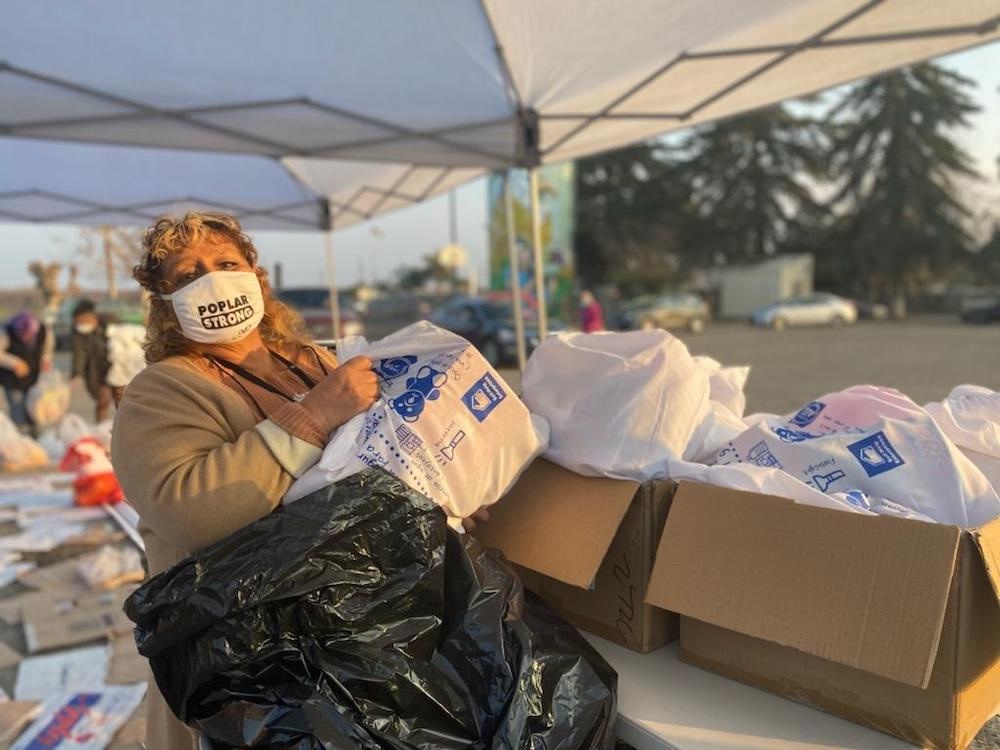 Self-Help staff helps residents prepare for emergencies.
from earthquakes to drought to wildfires, which are always on their minds. A fire that began Aug. 14 near Little Mountain led more than 59,000 people to evacuate. "When COVID hit, we added COVID," McVay says. The nonprofit talked with families about having meeting places, "go bags," what to do when there are children or disabled individuals in the house, and more. With the help of Friends of Tulare County, they handed out more than 60,000 gallons of water. They also handed out masks and spoke about the five things to do when disaster strikes, says Nicole Wynd, project manager. Those steps include:
Self-Help staff helps residents prepare for emergencies.
from earthquakes to drought to wildfires, which are always on their minds. A fire that began Aug. 14 near Little Mountain led more than 59,000 people to evacuate. "When COVID hit, we added COVID," McVay says. The nonprofit talked with families about having meeting places, "go bags," what to do when there are children or disabled individuals in the house, and more. With the help of Friends of Tulare County, they handed out more than 60,000 gallons of water. They also handed out masks and spoke about the five things to do when disaster strikes, says Nicole Wynd, project manager. Those steps include:

- Get alerts to know what to do.
- Make a plan to protect yourself and your family.
- Get to safety with the things you need.
- Stay safe at home when you can't leave.
- Help friends and neighbors get ready.
Their outreach connected with 30,000 people. A main focus included students, since they were a good
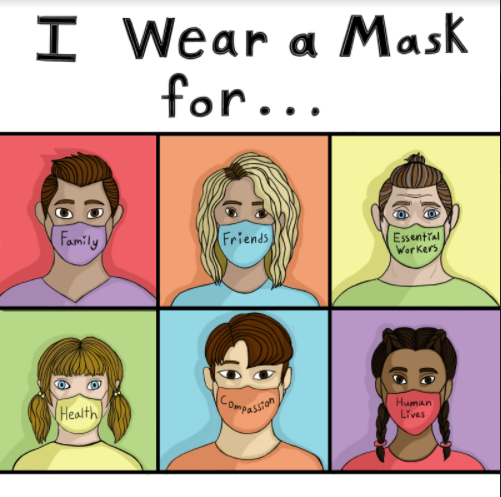 Self-Help works with students and families to prepare for COVID-19, as well as other emergencies.
connection between schools and families. "We'd have an event in a small community and a quarter of the population would show up," Wynd says. "We really worked with people to understand the importance of being ready for a disaster."
Self-Help works with students and families to prepare for COVID-19, as well as other emergencies.
connection between schools and families. "We'd have an event in a small community and a quarter of the population would show up," Wynd says. "We really worked with people to understand the importance of being ready for a disaster."


